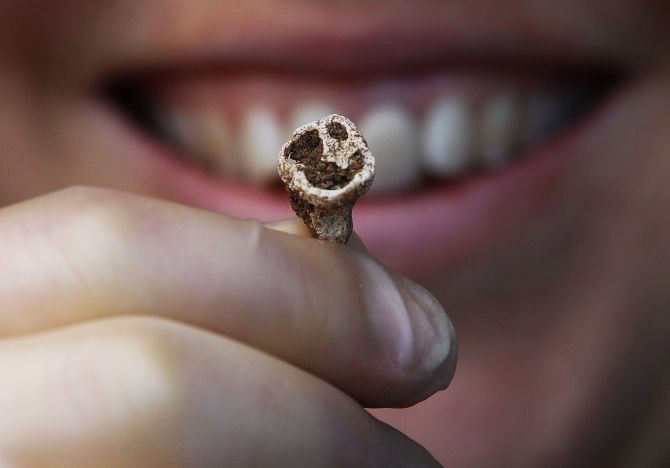Oral Bacteria From Bite Marks May Give Clues to Forensic Scientists

Oral bacteria left from bite marks left on human skin can provide new clues to forensic scientists, say student researchers at the Sir John Walsh Research Institute in the University of Otago’s School of Dentistry in New Zealand.
Bite marks are often found on victims of attacks, particularly of sexual assaults, but the means of identifying a person from them have been a bit problematic. Identifying a person from the bite marks themselves is normally quite subjective, as people’s teeth do not vary that much in shape and in defining characteristics. As difficult as it is normally, it probably is near-impossible without the use of dental records which apparently happens more often that you’d think in a developed country.
However, it seems that everyone’s oral bacteria is marked with their own specific genotype, and Dr. Geoffrey Tomkins, molecular microbiologist and senior researcher at the university, thinks that they can potentially be used to identify people.
Unfortunately, oral bacteria, as a method of identification, have previously been unreliable to use for criminal matters. Once the bacterium leaves the mouth, it dies rather quickly which is just one of the problems with using oral bacteria for identification purposes.
Lillian Hsu, a student in the summer program, may have found a solution. She wrote a paper about how the DNA from dead streptococci can be used for forensic analysis, where they can conceivably be used to create DNA profiles.
Unfortunately, the technique used left a lot of room for error for false positives, but it was honed by Darnell Kennedy, a University of Otago PhD candidate, who used a more sophisticated means of analysis. His project is unpublished as of yet.
This technology, if developed, could be a boon to the forensic sciences and victims to assaults with little recourse with current methodology. Sexual assault cases, in particular, are prosecuted about 33 percent of the time, due in part to prosecutors’ preferences to file charges only if they can connect physical evidence to a suspect.
Published by Medicaldaily.com



























